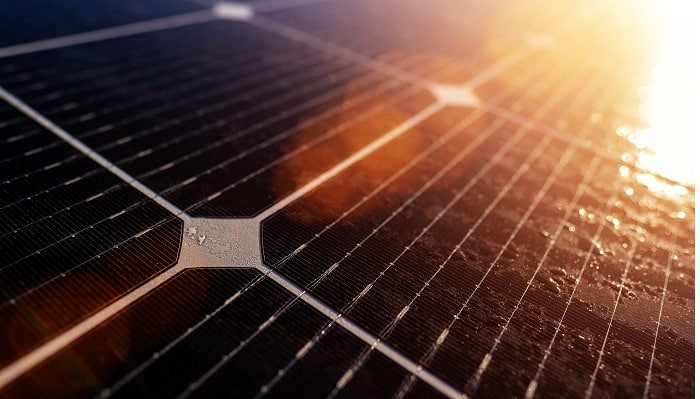As per the latest International Energy Agency’s- IEA World Energy Outlook, manufacturing capacity when it comes to solar modules happens to be rapidly growing and indeed has the capacity to exceed 1,200GW each year until the end of the decade.
It is well to be noted that the report goes on to point out the probable surge of an energy economy that is fresh, clean, and driven by solar PV technology as well as electric vehicles- EVs. It goes on to stress that the investment within the clean energy gamut has gone on to experience a 40% surge since 2020.
The global impact when it comes to solar manufacturing in the last decade
Solar manufacturing has gone on to grow pretty exponentially, thrust by the increasing demand when it comes to clean energy. Investments within the pipeline are all set to elevate global solar module manufacturing capabilities from 640GW in 2022 to more than 1,200GW by 2030.
The manufacturing of solar PV modules has grown much faster than their deployment, thereby resulting in a dip in utilization rates from almost 60% to below 40% in 2022, which, apparently, is well below the healthy 70% level when it comes to a mature industry.
In spite of the anticipated increase in solar PV rollout from 220GW in 2022 to almost 500GW in 2030, the usage rate go on to remain below 40%. The fact is that optimizing solar manufacturing capacity goes on to give a reasonable opportunity to accelerate solar PV deployment and also energy transitions. Solar manufacturing is at present pretty highly concentrated in five countries that are led by China, which accounts for more than 90% of the worldwide capacity. The rest are Vietnam at 5%, India at 3%, Malaysia- 3%, and Thailand at 2%.
Apart from this, the next five leading solar manufacturers, which are the US, Korea, Cambodia, Turkey, and the Chinese Taipei, each of them account for almost 1% of the worldwide total, as does the EU. More than 100 countries went ahead and implemented solar PV projects in 2022, thereby mostly relying on imported panels, with China being the main exporter. There are indeed plans for additional capacity, which suggests that manufacturing will go on to stay concentrated, stressing the significance of trade for numerous markets. China, apparently, has plans to add more than 500GW of solar module manufacturing capacity, and India too aims to expand, while Southeast Asia will go on to remain an essential exporter and the U.S. is also pushing its production capacity. Apart from this, the European Union has plans to double its manufacturing. Interestingly, by scaling up solar PV roll-out, another 800GW of solar PV can as well be rolled out in 2030, which equals the NZE scenario’s level. As per yet another report from the IEA, global investments within the clean energy segment can very well reach a massive $1.8 trillion in 2023, however, this must surge significantly to around $4.5 trillion per year by early 2030 so as to be in sync with the NZE scenario. The IEA went on to say in June last year that global renewable capacity additions are all set to surge by an unprecedented 107GW to more than 440GW in 2023.





































